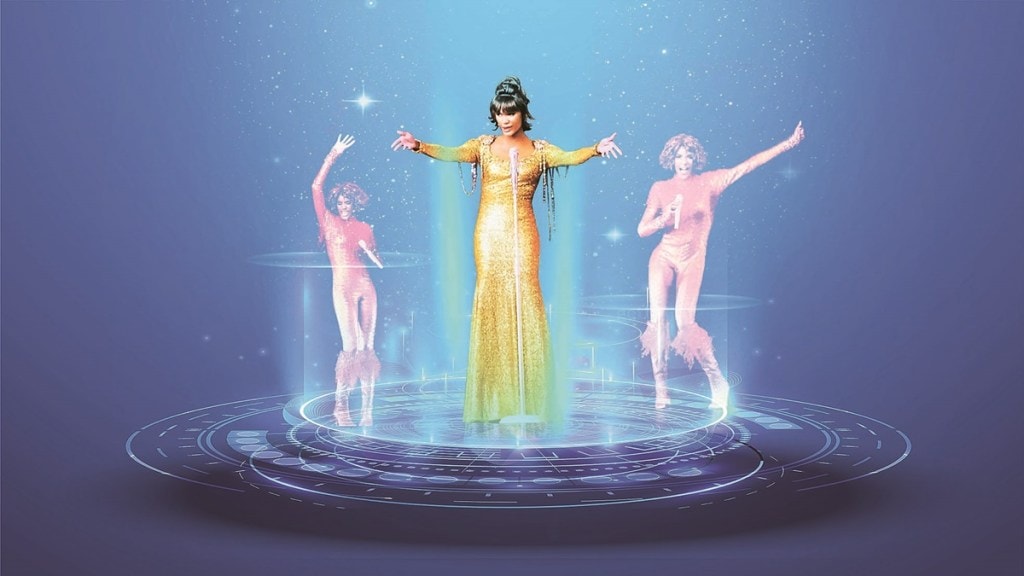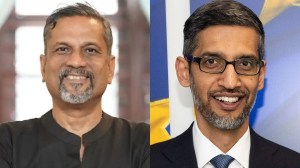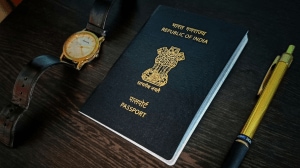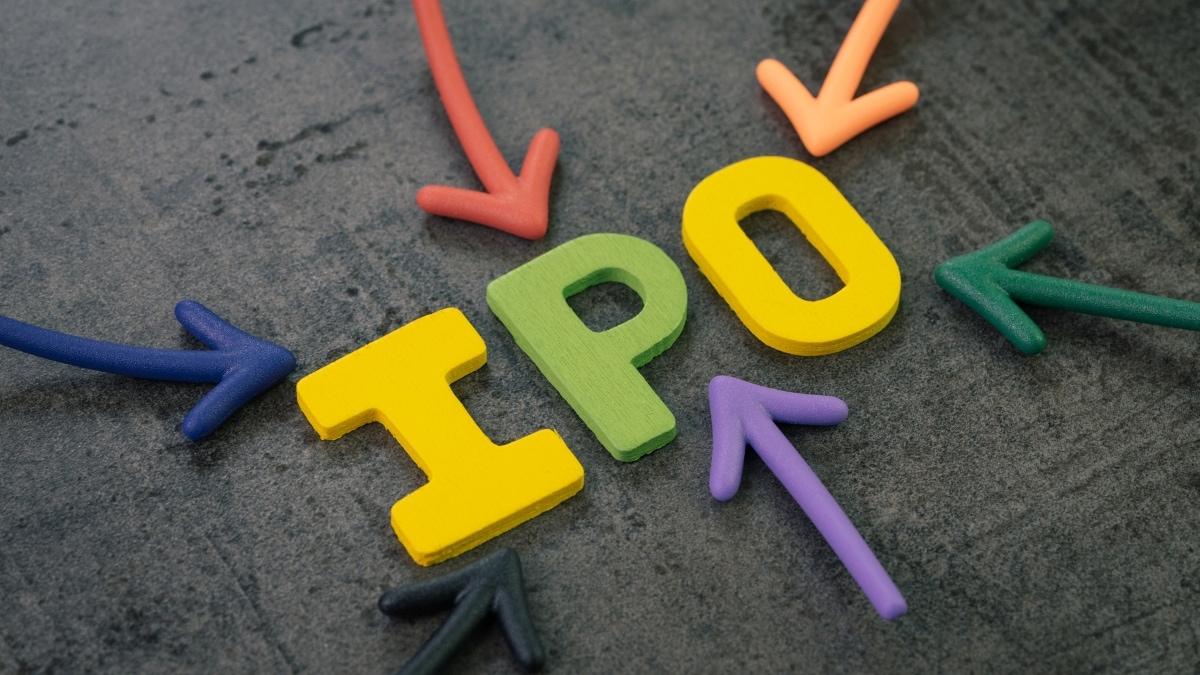From singer Sidhu Moosewala‘s posthumous world tour to courtroom witnesses, holograms are popping up at unexpected places. But while the emotional and experiential possibilities are vast, the rise of the virtual afterlife also invites ethical questions about consent, authenticity, and emotional impact.
With late Punjabi singer-rapper Sidhu Moosewala set to go on a posthumous world tour in 2026, not in person, but as a hologram, the series of concerts, titled ‘The Signed to God World Tour’, promises to bring Moosewala ‘back to life’ through 3D projections, synced vocals, cinematic visuals and immersive stage effects. The tours are planned in Punjab, Toronto, London and Los Angeles, and this virtual spectacle will allow fans to connect with the artiste who was tragically killed in 2022. The tour’s website calls it “a celebration of a soul who broke boundaries in life and continues to inspire beyond it”.
This isn’t the first time when a singers’ virtual return will be staged. In 2012, a holographic Tupac Shakur shocked audiences at Coachella, appearing on stage with Snoop Dogg and Dr Dre. Since then, audiences have witnessed holographic performances from guitarists like Roy Orbison, Frank Zappa, and singers Ronnie James Dio, Whitney Houston and Amy Winehouse.
Whitney Houston’s ‘An Evening with Whitney’ tour (2020-2023) in the UK and Ireland saw packed venues, though the visuals drew criticism. But the demand for such tours is undeniable. For instance, the Roy Orbison tour in 2018 sold an average of 1,800 seats per show, with ticket prices going as high as $125.
Grief goes virtual
What these tours offer isn’t just nostalgia, but a form of virtual intimacy. Fans can now attend shows by their idols long after they’re gone, raising new possibilities for the music business and new dilemmas for cultural memory.
However, the hologram revolution isn’t confined to arenas and auditoriums. It’s entering personal spaces like moments of farewell, grief, and remembrance.
In 2022, 87-year-old Marina Smith, a Holocaust educator from Nottingham, England, spoke at her own funeral, posthumously. Before her death, she had spent two days recording conversations for StoryFile, a startup that uses AI-powered holograms to allow interactive conversations with the deceased. Guests at her funeral could ask her questions, and hear recorded answers in real time, delivered by a 3D likeness.
The technology was spearheaded by her son, Stephen Smith, co-founder and CEO of StoryFile. “It was like she was still with us,” he said. “It broke the boundaries of time and death.”
In South Korea, a VR documentary titled Meeting You pushed the emotional frontier even further. So a grieving mother was reunited with a holographic recreation of her 7-year-old daughter, who had died of a blood-related illness. Wearing a VR headset and gloves, she interacted with her daughter’s avatar in a virtual park where they played, celebrated a birthday, even ‘held hands’. The documentary drew global attention and mixed reactions. Some called it cathartic. Others saw it as dangerously manipulative.
Holograms beyond entertainment
Even the courtroom is not immune to the holographic wave. In 2019, China rolled out ‘Internet Courts’ powered by AI and holograms, eliminating the need for physical presence. Judges in these courts were virtual, synthesised from the facial features and voices of real judges. They can ask questions, accept evidence, and deliver rulings. By late 2019, over three million legal actions had been completed via these smart courts, with more than a million citizens and 73,000 lawyers registered.
Meanwhile, a 2023 mock trial in the US tested whether holograms could improve remote testimonies. Unlike low-quality video calls, these 3D projections offered juries the ability to better assess what legal experts call ‘demeanour evidence’ – body language, tone, and nuance. The legal profession, once bound by tradition, is now rethinking presence and credibility through digital means.
The art world has also embraced holograms, not as novelty but as narrative tools. In Bengaluru, the Museum of Art & Photography (MAP) and Accenture collaborated in 2021 to create India’s first conversational digital persona of the legendary painter, MF Husain. Visitors asked Husain or at least his digital twin about his life, influences, and work.
The Pradhan Mantri Sangrahalaya in New Delhi celebrates India’s prime ministers with immersive holograms, kinetic sculptures, VR zones, and multi-touch experiences, blending history with storytelling in powerful new ways.
In a project titled ‘The Journey’, a corporate museum designed by Design Habit for the DS Group in Noida, objects of importance are placed into the context of 20th century recreations of Chandni Chowk in Delhi and the founding members of the company are brought to life through the use of holographic images and films to narrate the story in their own words.
This year’s Mobile World Congress in Barcelona showcased the Holoconnects Holobox, a 4K-resolution hologram booth that replicates a person’s full height, gestures, and facial expressions. Teleconferencing, doctor consultations, or job interviews could soon feel like actual room-to-room conversations by using this technology.







